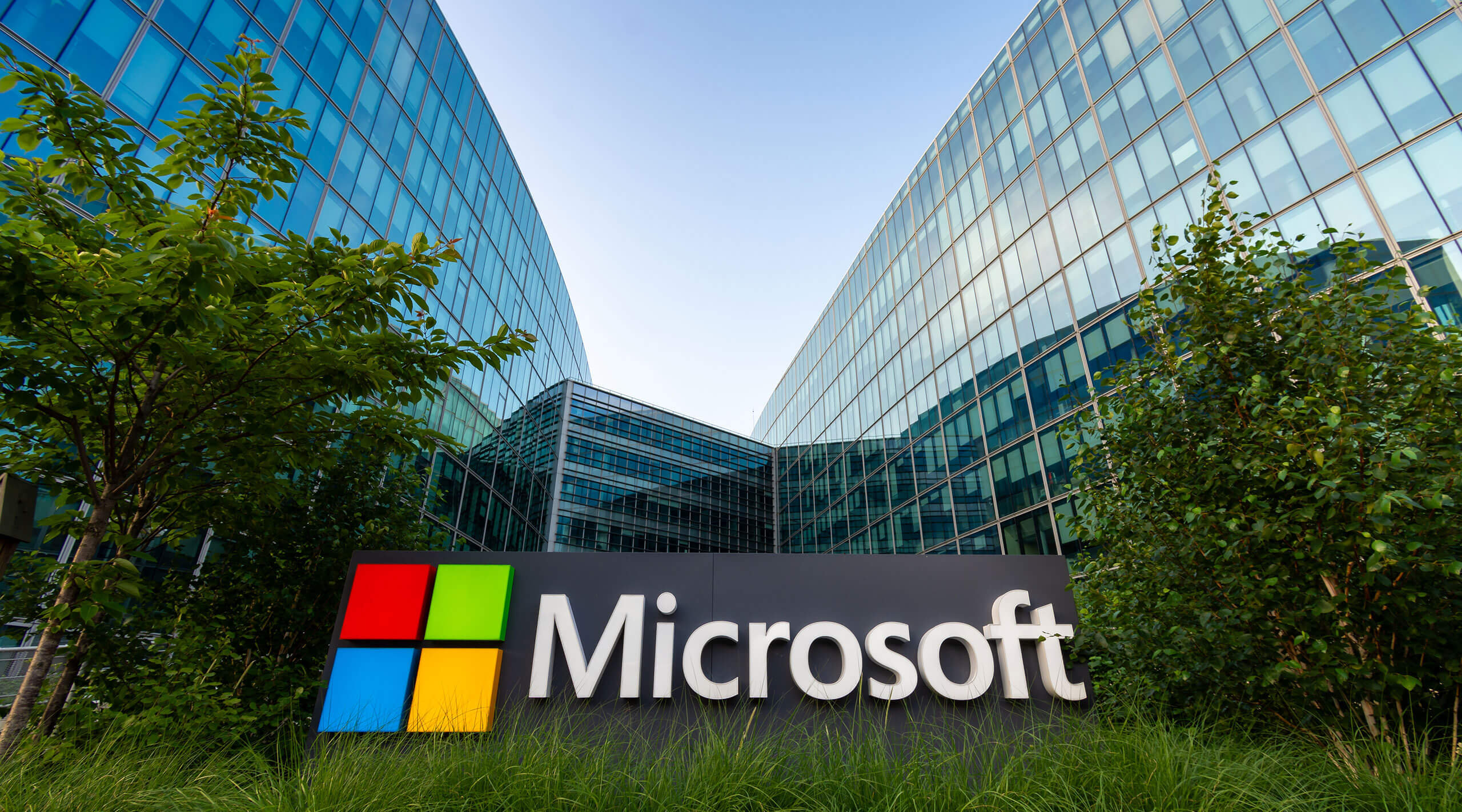
Unmasking the Threat: The Ever-Evolving Landscape of Phishing Campaign Innovations
Introduction
Phishing, one of the most enduring and widespread cyber threats, has undergone a relentless evolution. Over the years, cybercriminals have continually adapted their tactics to exploit human psychology and technology vulnerabilities. In this blog, we’ll explore the innovative strategies used in modern phishing campaigns, understand their impact, and discuss how to protect yourself against these evolving threats.
The Roots of Phishing: A Brief Overview
Phishing, a play on the word “fishing,” originally referred to the practice of casting a wide net in hopes of catching a large number of victims. Early phishing attempts were often crude, consisting of unsophisticated emails that asked recipients for personal information, like login credentials.
Modern Phishing Campaign Innovations
Phishing campaigns have evolved significantly, making it a complex and constantly shifting threat landscape. Here are some of the innovations we’ve seen:
- Spear Phishing – This targeted approach tailors phishing emails to specific individuals or organizations, using personalized information to gain trust. For instance, an attacker might pose as a colleague or a trusted service provider.
- Whaling Attacks – These focus on high-profile targets such as executives or decision-makers, aiming to extract sensitive business information or funds.
- Vishing and Smishing – Voice phishing (vishing) and SMS phishing (smishing) leverage phone calls and text messages to deceive victims. These methods exploit our reliance on mobile devices for communication.
- Credential Harvesting – Phishing campaigns often aim to steal login credentials. Attackers then use these credentials to access sensitive accounts, launch further attacks, or commit fraud.
- Impersonating Trusted Brands – Phishers increasingly impersonate well-known brands, institutions, and government agencies to trick victims into providing information or downloading malicious content.
- Use of HTTPS – Phishing websites increasingly use HTTPS to appear secure. The presence of a padlock symbol in the browser’s address bar can mislead users into believing the site is trustworthy.
- Malware Delivery – Some phishing campaigns go beyond information theft and deliver malware directly to victims’ devices. These malware-infected attachments or links can lead to ransomware or data breaches.
The Human Element: The Weakest Link
A common thread in the success of phishing campaigns is the exploitation of human psychology. Phishers understand our cognitive biases and emotions, such as fear, curiosity, and urgency, to manipulate us into taking actions that are not in our best interest.
Defending Against Modern Phishing Campaigns
The fight against modern phishing campaigns requires a multi-pronged approach:
- Education and Awareness – Regularly educate yourself and your organization about the latest phishing tactics. Awareness is the first line of defense.
- Email Filtering and Authentication – Employ email filtering tools and technologies that detect phishing attempts and check the authenticity of email senders.
- Use of Multi-Factor Authentication (MFA) – MFA adds an extra layer of security, even if your credentials are compromised.
- Verify the Source – Always verify the sender’s email address and domain. Be cautious when receiving unexpected requests or unsolicited messages.
- Check Website Authenticity – Before entering personal or financial information, check the website’s URL and ensure it’s legitimate. Look for HTTPS and verify the domain.
- Cybersecurity Tools – Implement advanced cybersecurity solutions, including intrusion detection systems and endpoint security, to detect and prevent phishing attacks.
Conclusion: The Phishing Threat Continues to Adapt
Phishing campaigns have come a long way since their inception, becoming more sophisticated and difficult to detect. The modern threat landscape demands continuous vigilance, education, and the implementation of advanced cybersecurity tools. Staying one step ahead of cybercriminals in the ever-evolving world of phishing requires a combination of technology and human awareness. By recognizing the innovations in phishing campaigns, we can better defend ourselves against this persistent and pervasive cyber threat.

